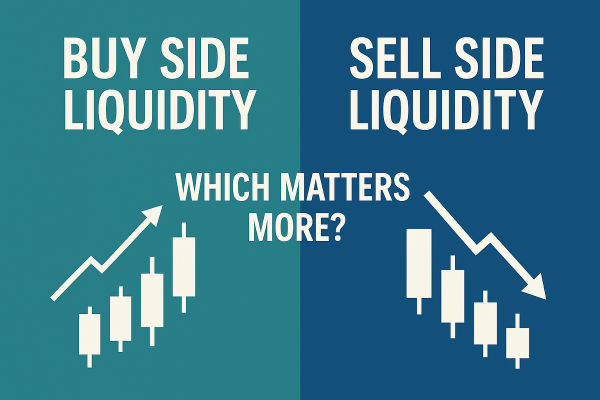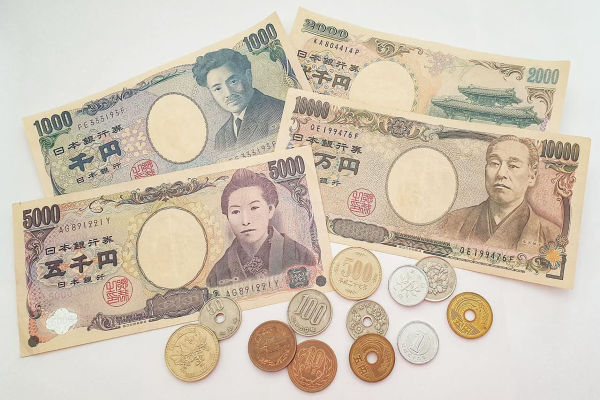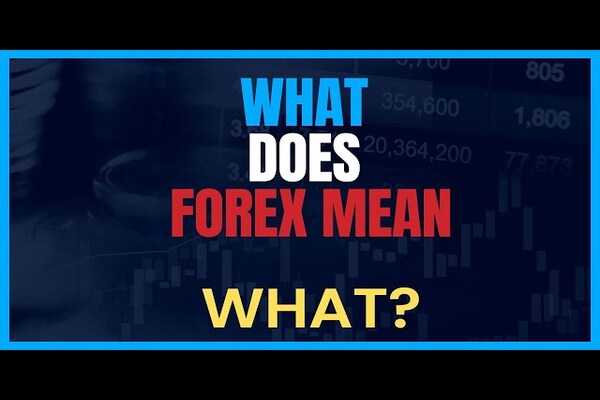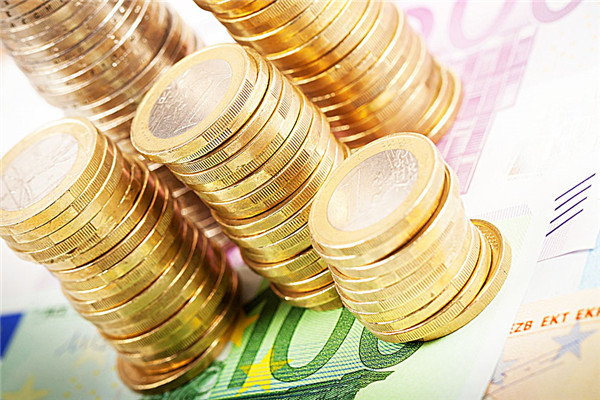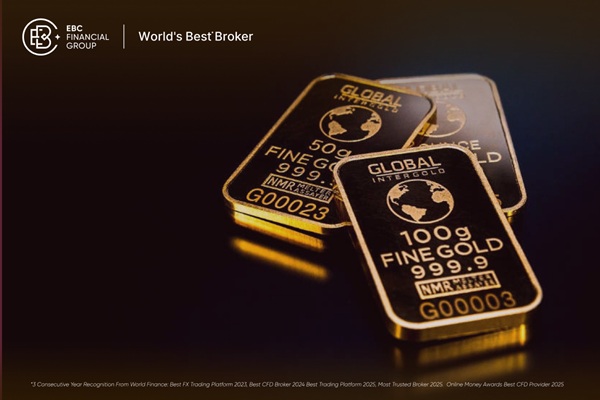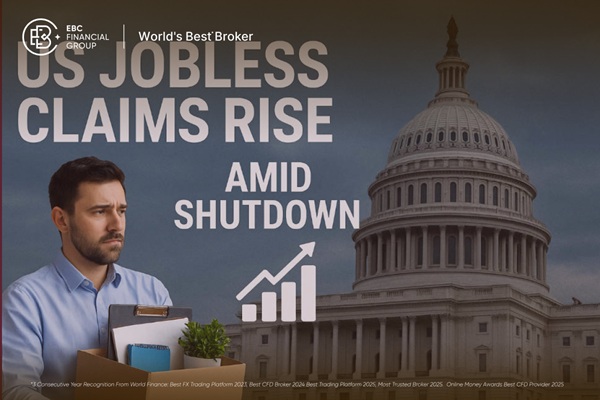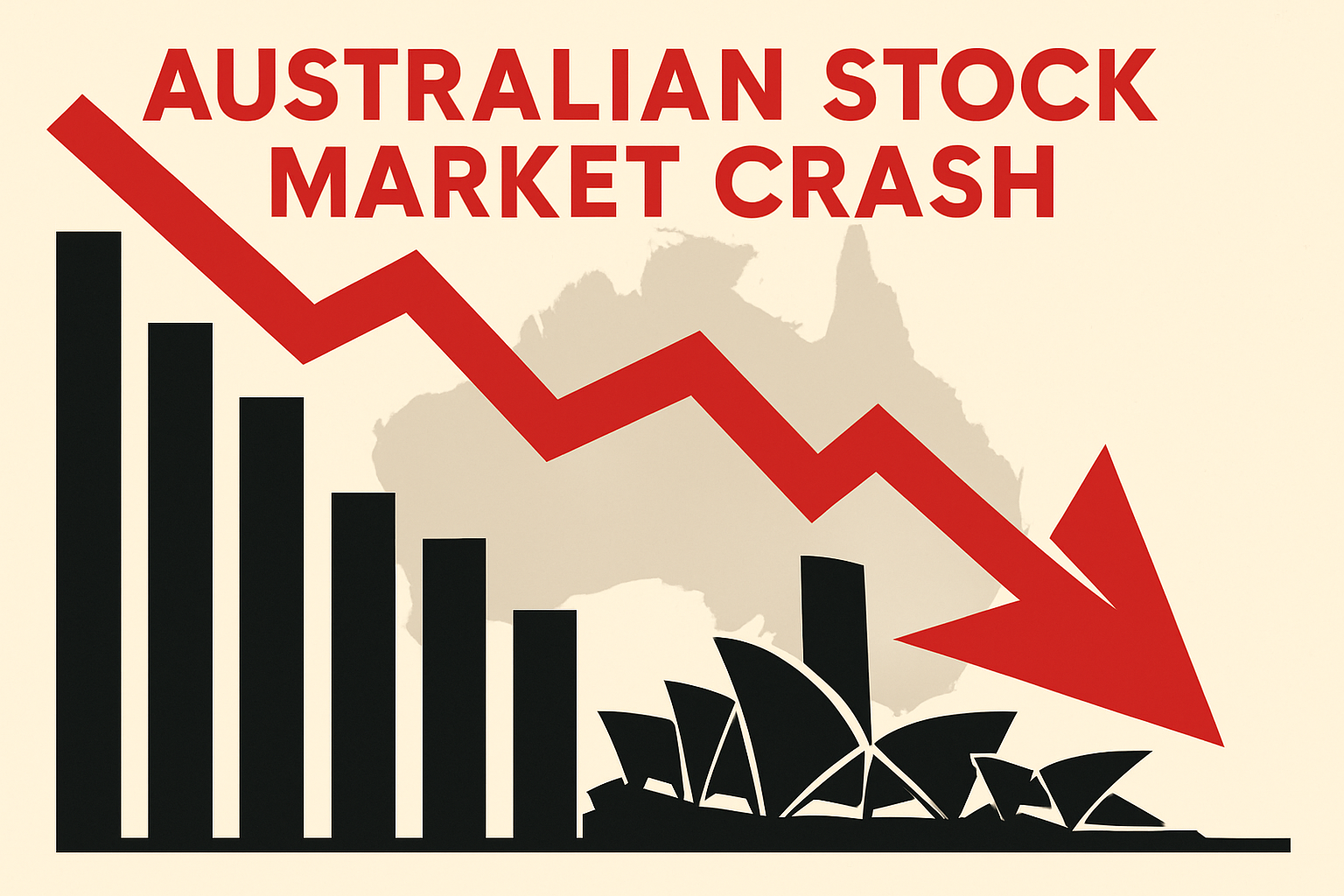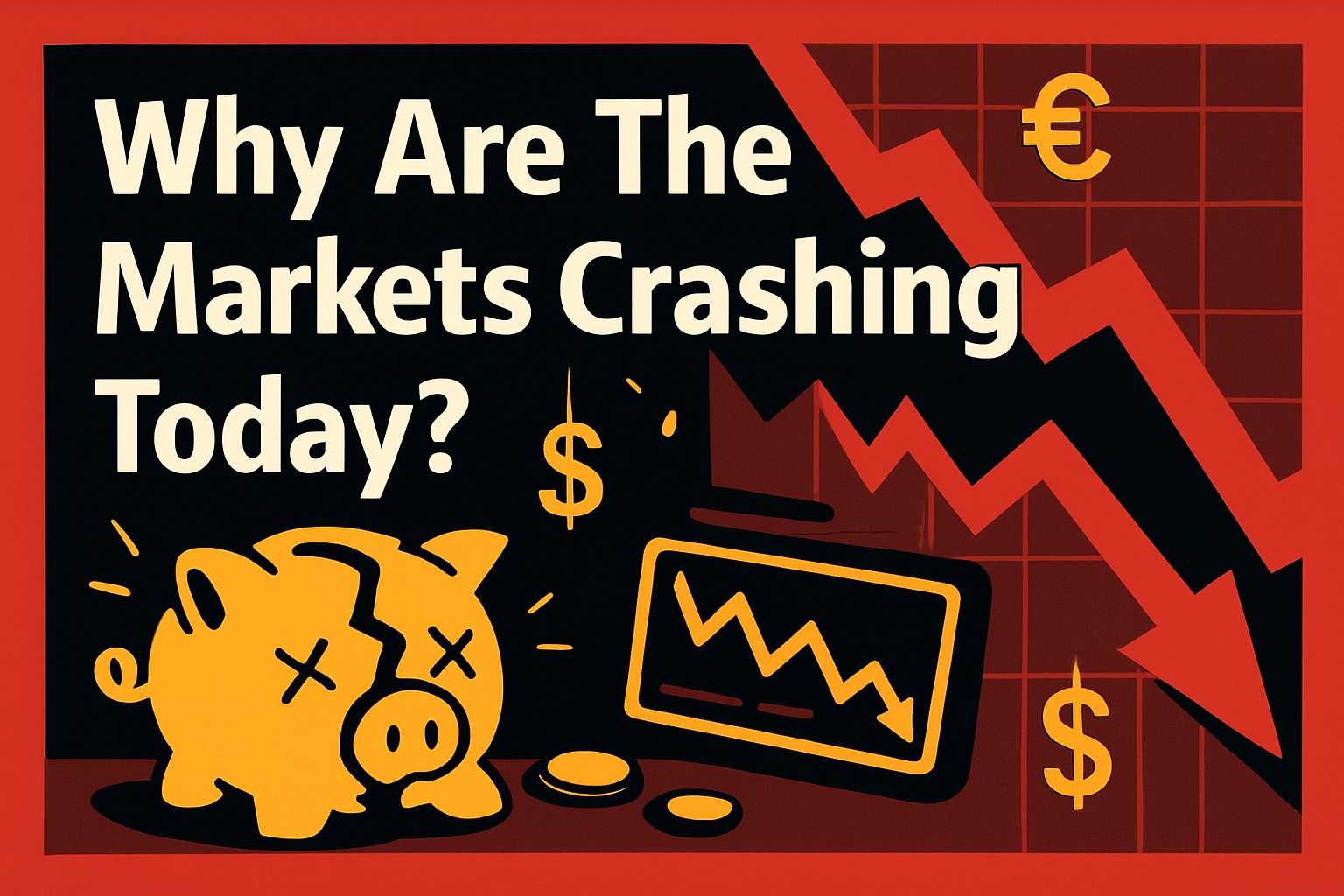The euro's decline against the U.S. dollar has become a hot topic among traders in 2025. Is the European Central Bank (ECB) or the Federal Reserve (Fed) responsible? The widening interest rate gap is a significant factor contributing to this trend.
This article delves into the reasons behind the euro's persistent decline against the dollar and how traders can navigate it.
Why Is EUR Falling Against USD?
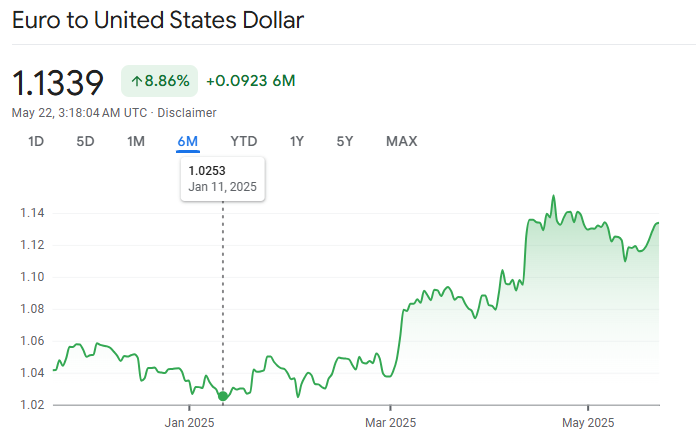
In the first quarter of 2025, the euro reached a low of 1.05 against the dollar. The strength of the dollar dominates the market. Central bank policies play a crucial role in steering these trends. Understanding the actions of these banks helps unravel the complexities of the euro's decline against the dollar.
1) The ECB's Role in the Decline
The ECB's current interest rate is set at 3.5%. A rate cut from 4% in 2024 contributed to the euro's weakness. Dovish signals indicate the possibility of lowering rates to 3% soon, another factor in the euro's decline against the dollar.
2) The Fed's Influence Over EUR/USD
The Fed has maintained its rate at 4%. Hawkish signals in 2024 have strengthened the dollar, while a 0.25% rate hike in 2023 caused the euro to fall against the dollar by 2%. This strength continues to persist.
3) Understanding the Interest Rate Gap
A 0.5% gap favours the dollar. In 2024, this gap contributed to a 3% decline of the euro against the dollar. Historically, wider gaps have resulted in euro drops of over 5%. Interest rates govern the performance of this currency pair.
4) Dovish Signals from the ECB
The ECB's outlook for 2025 suggests easing measures. With inflation at 2%, the central bank is in a position to consider cuts, causing the euro to weaken further. Each dovish indication from the ECB accelerates the euro's decline against the dollar.
5) The Fed's Hawkish Position
With U.S. inflation at 3%, the Fed remains firm. Analysts predict no rate cuts until mid-2025, which supports the dollar's gains. The euro's decline against the dollar reflects this commitment.
The Impact of Economic Data
In 2024, Eurozone GDP grew by 1.2%, compared to 2.5% in the U.S. Weaker economic data from the Eurozone contributes to the euro's decline against the dollar. Employment figures and inflation further widen the gap.
Geopolitical Factors
Trade tensions in 2024 caused a 2% dent in the euro's value. The stability of the U.S. economy bolsters the dollar, and the euro's decline against the dollar mirrors these global dynamics. Political events can amplify central bank actions.
Trading the Decline
Shorting EUR/USD at 1.07 with a target of 1.05 can be profitable. In 2024, this strategy yielded a net profit of $200 on a $10,000 investment. Traders should time their entries wisely as the euro continues to decline against the dollar.
Hedging with Gold
Gold prices rose by 4% as the euro weakened in 2024. Investors can hedge against euro dips by holding $5,000 in gold, as the euro's decline pairs well with safe-haven assets.
The Effect on Exports
A weaker euro enhances export competitiveness. In 2024, Eurozone exports rose by 3%. The euro's decline against the dollar makes Eurozone goods cheaper globally, resulting in trade benefits.
Risks of Inflation
The weakening euro results in higher import costs, pushing Eurozone inflation to 2.5% in Q4 2024. The ECB faces mounting pressure, leading to potential price hikes.
Tools to Track Trends
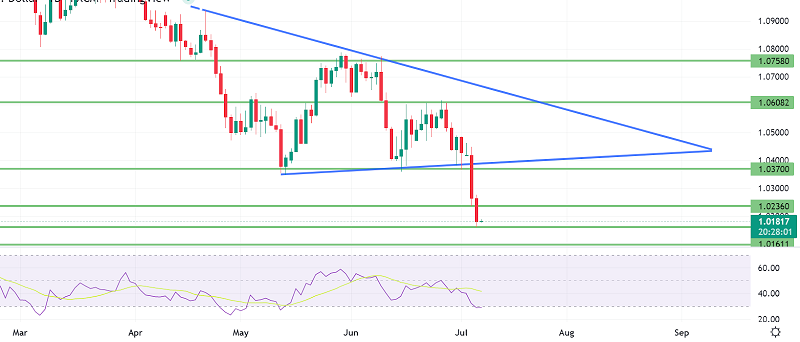
Stay updated on live ECB speeches and consult Fed minutes released at 7 PM GMT. Utilise the Relative Strength Index (RSI) to identify overbought conditions in the dollar. Real-time data is crucial for navigating the euro's decline against the dollar.
Real-World Trading Examples
A trader in London shorted EUR/USD in 2024, profiting $1,500 on a $20,000 investment by capitalising on the euro's drop from 1.08 to 1.05. Timing is critical when trading the euro's decline against the dollar.
Pitfalls to Avoid
Traders should be cautious not to pursue Fed rumours blindly. Overleveraging can lead to quick losses. Ignoring ECB signals can be costly; in 2023, 20% of traders misread cues regarding the euro's decline.
2025 Outlook
The ECB may lower rates to 3%, while the Fed might ease to 3.75%. The euro's decline against the dollar may slow to 1.03. As the rate gaps narrow, the dollar is likely to remain dominant.
Actionable Steps
1. Monitor ECB rate announcements.
2. Test short positions on EUR/USD in a demo account.
3. Set 1% stop-loss limits.
4. Trade in $2,000 lots initially.
5. Track Fed updates weekly.
6. Take action now.
Final Thoughts
The euro's decline against the dollar sets the ECB's cuts against the Fed's firmness. Rates, economic data, and global politics drive this trend. Smart trading in 2025 requires mastering the factors influencing the euro's decline against the dollar.
Disclaimer: This material is for general information purposes only and is not intended as (and should not be considered to be) financial, investment or other advice on which reliance should be placed. No opinion given in the material constitutes a recommendation by EBC or the author that any particular investment, security, transaction or investment strategy is suitable for any specific person.








